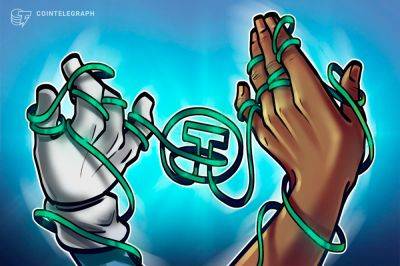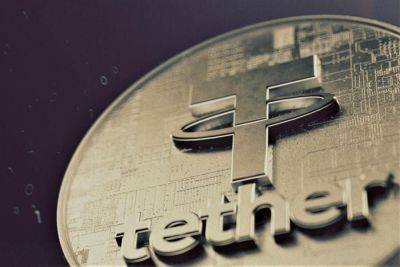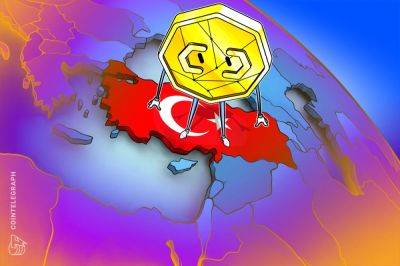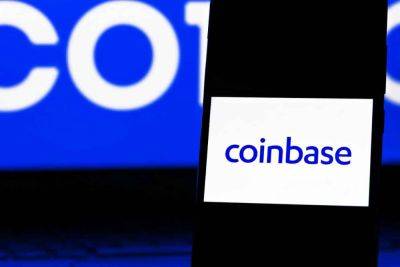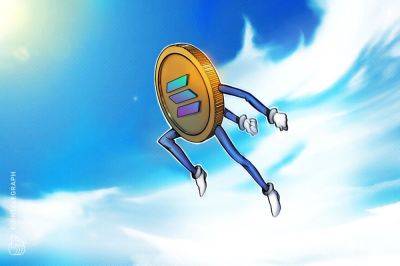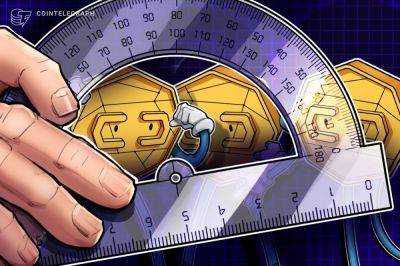Stablecoins: Transforming cryptocurrency investment
In Switzerland, for instance, a stablecoin tied to the Swiss franc provides investors with a reassuring sense of stability, as its value closely mirrors that of the national currency.
Stablecoins derive their stability from being backed by reserve assets. These reserves can include established currencies like the US dollar or Swiss franc, precious metals such as gold, or even tangible commodities like crude oil. These assets serve as a stabilising force, anchoring the stablecoin's value.
Fiat-Backed Stablecoins: These are backed by fiat currency, a government-issued currency not backed by commodities. For instance, Tether (USDT) is backed by a reserve of US dollars.
Algorithmic Stablecoins: Algorithms are employed to maintain the stability of these coins. TerraUSD (UST), for example, is algorithmically linked to the value of the US dollar.
Crypto-Collateralised Stablecoins: These are backed by other cryptocurrencies, providing stability but also introducing some level of risk.
The rising popularity of stablecoins demonstrates their ability to meet market demands by combining stability with the advantages of blockchain technology.
A prime example is the partnership between Lugano and Tether.
This collaboration enables the use of Bitcoin Tether and Lugano's LVGA points token for everyday transactions, positioning Lugano as a significant player in the European Bitcoin ecosystem.
Stablecoins are reshaping the crypto landscape, offering investors a safer haven in a volatile market while embracing the potential of blockchain innovation.
Read more on euronews.com







